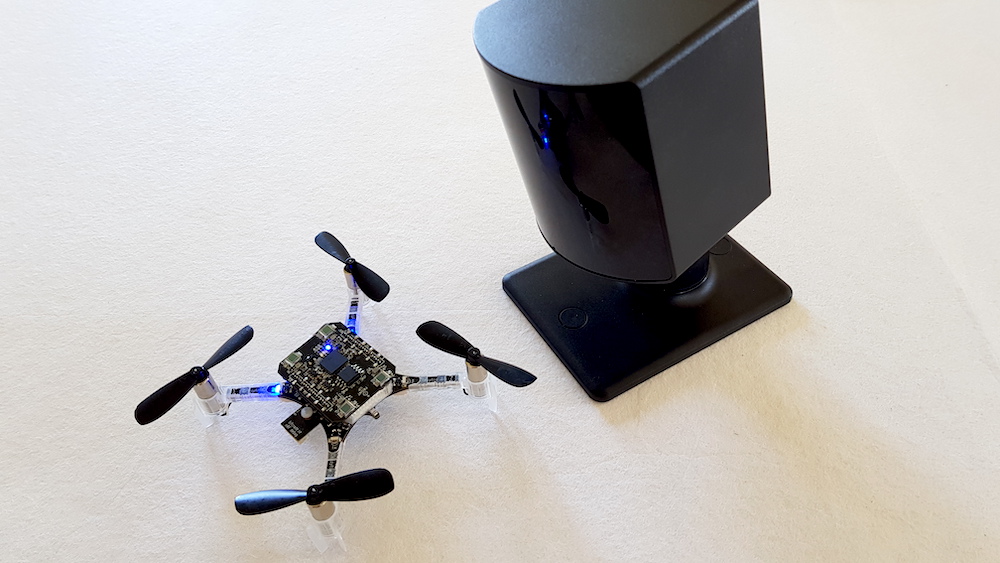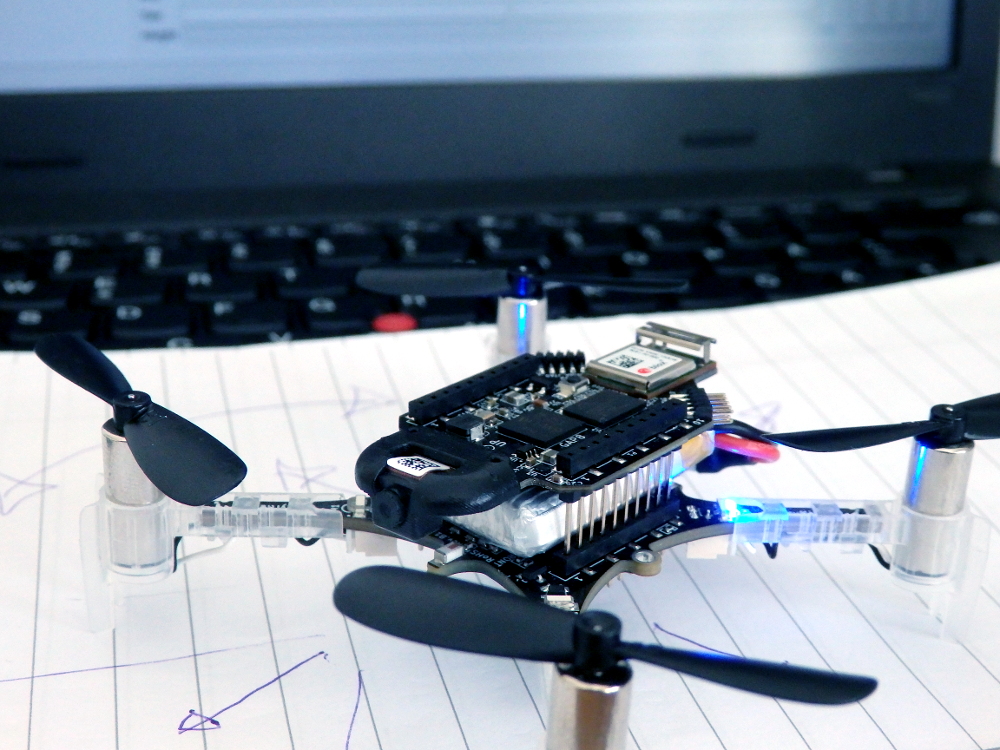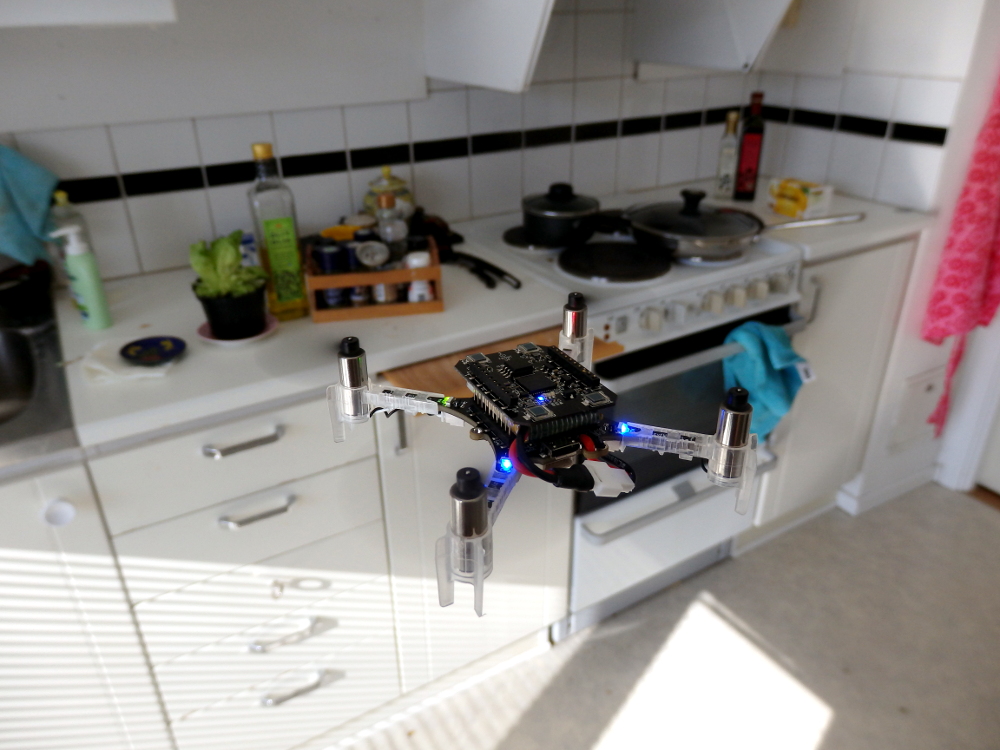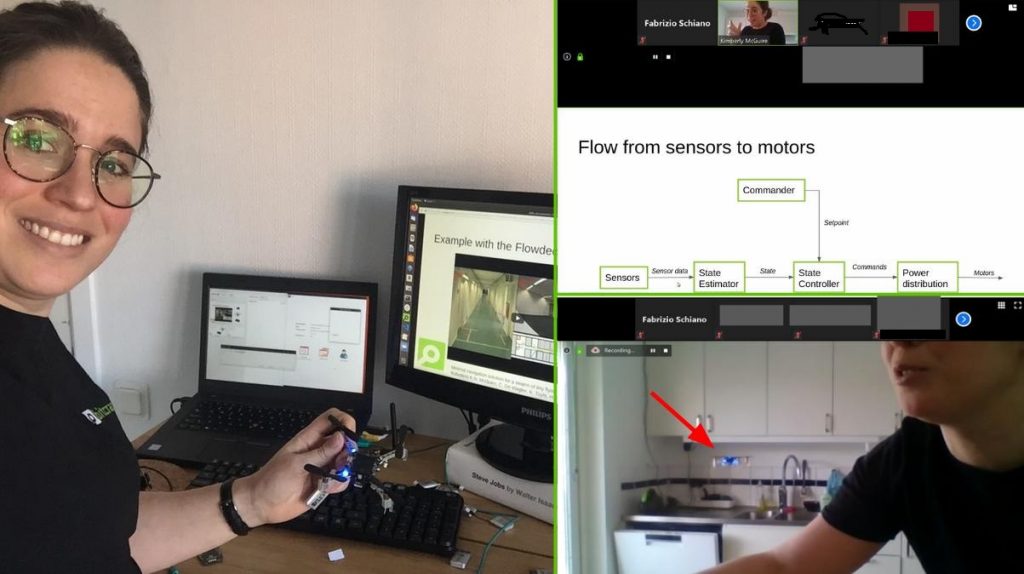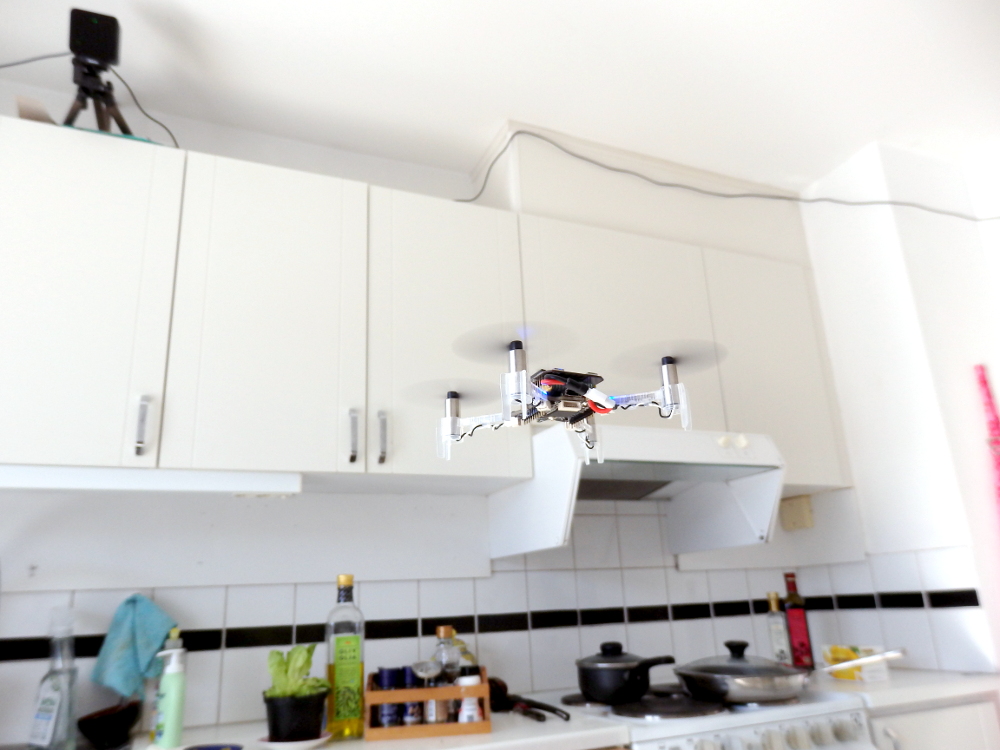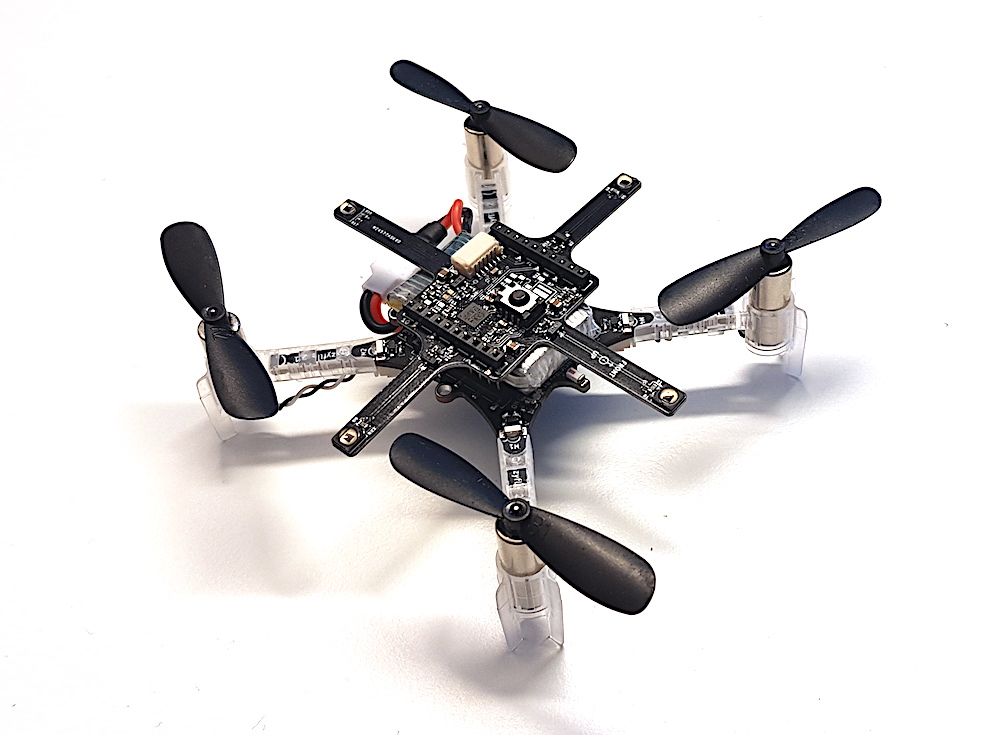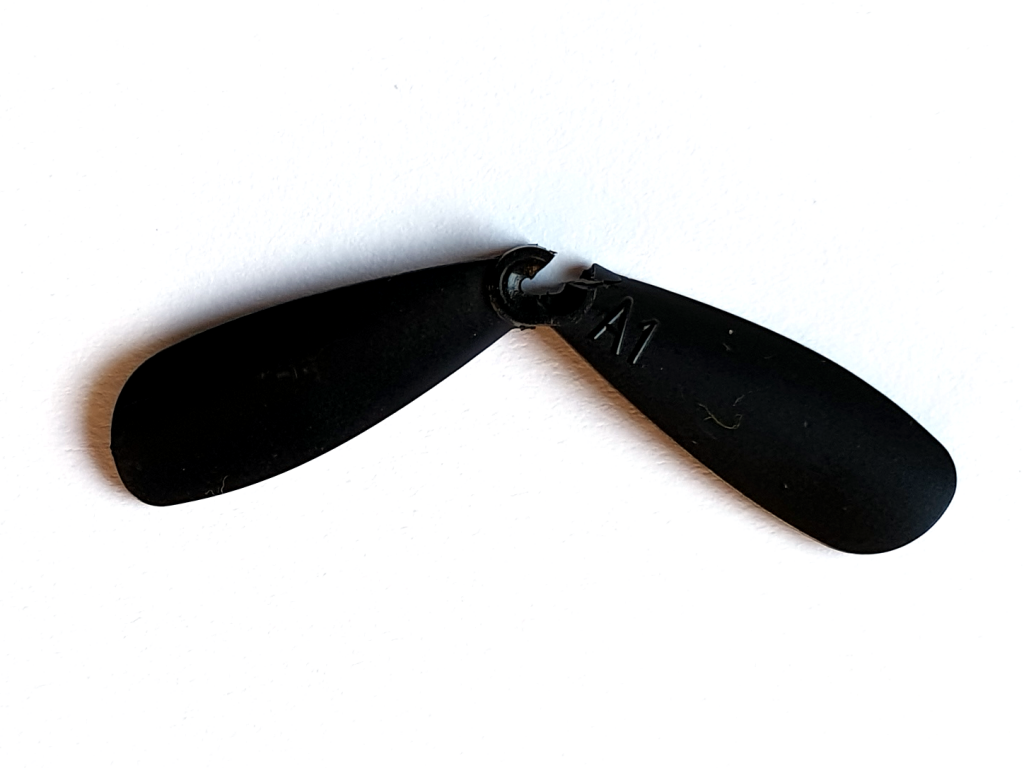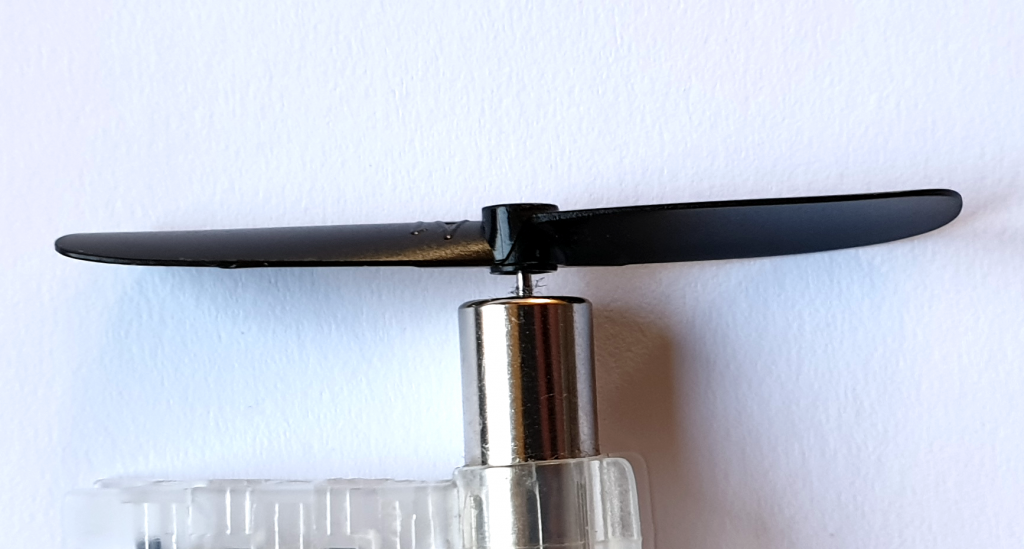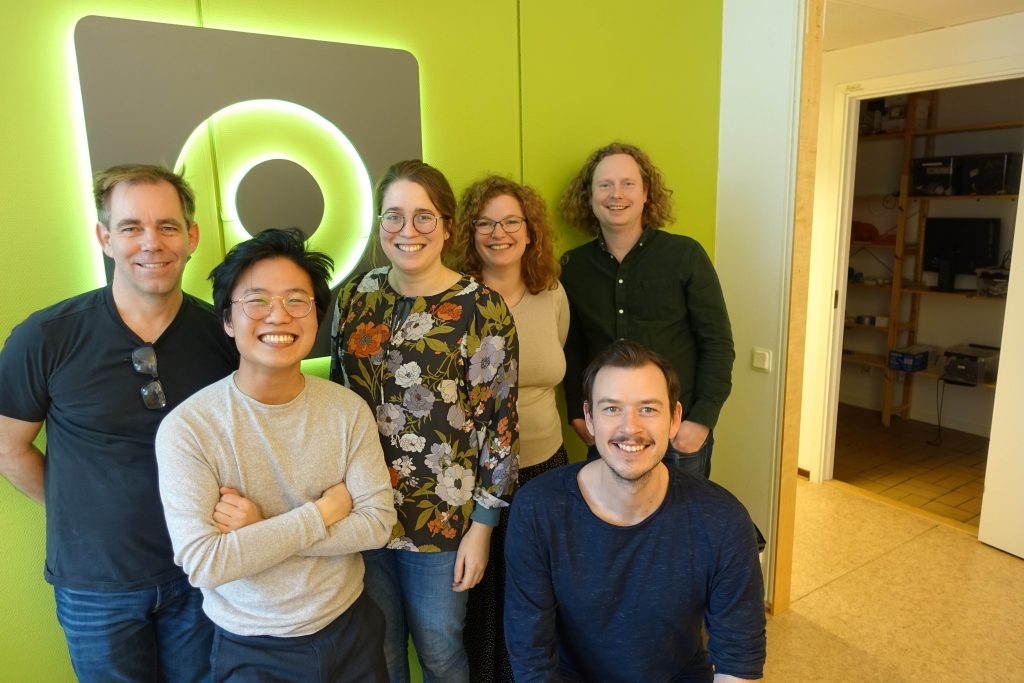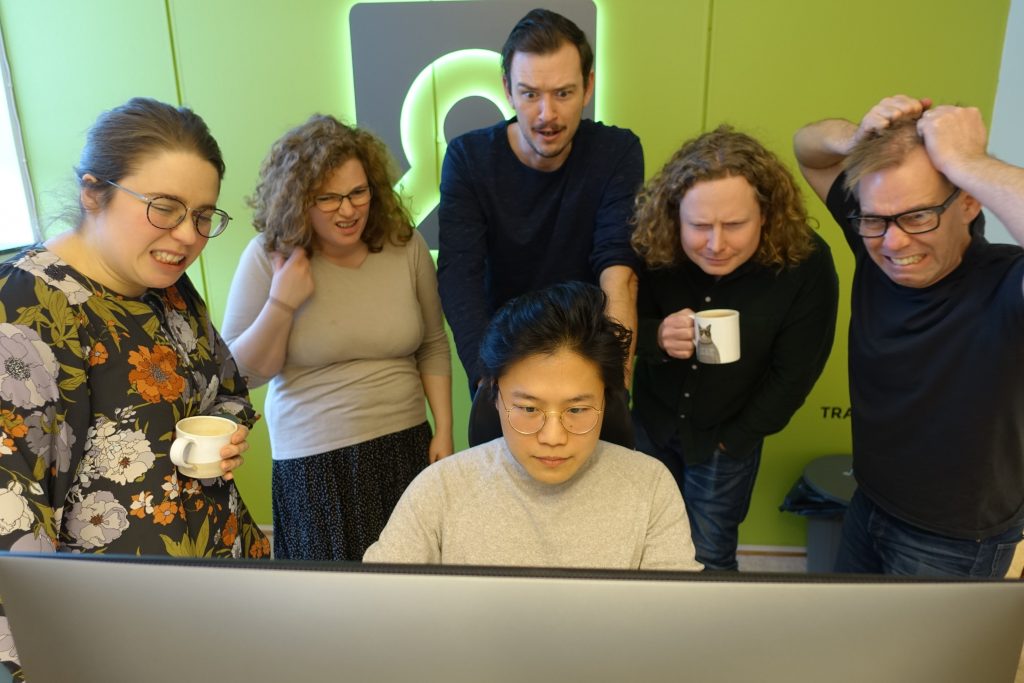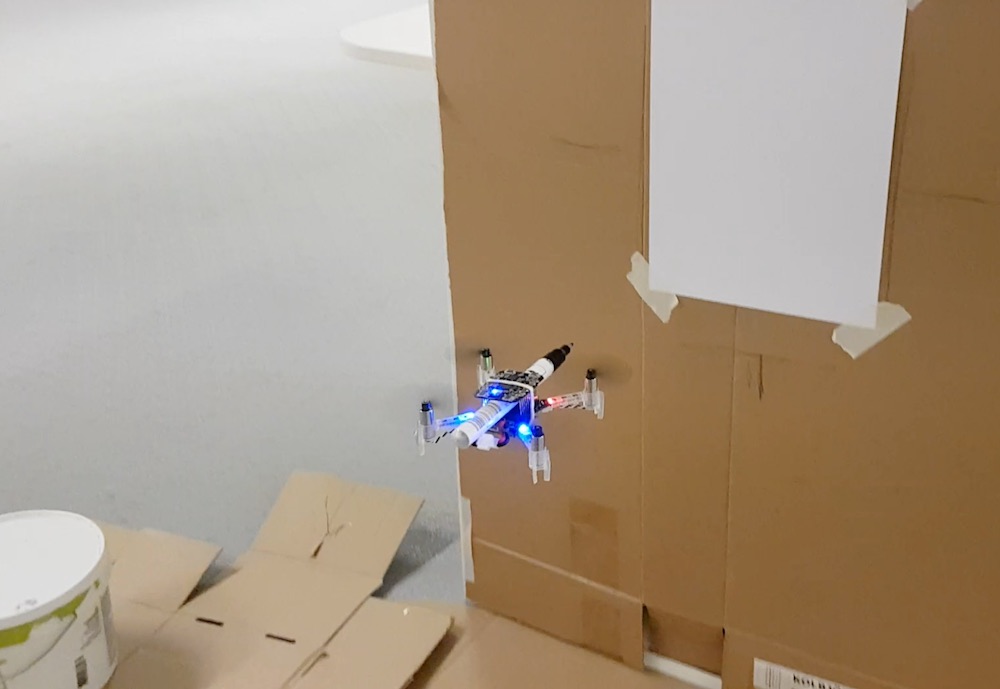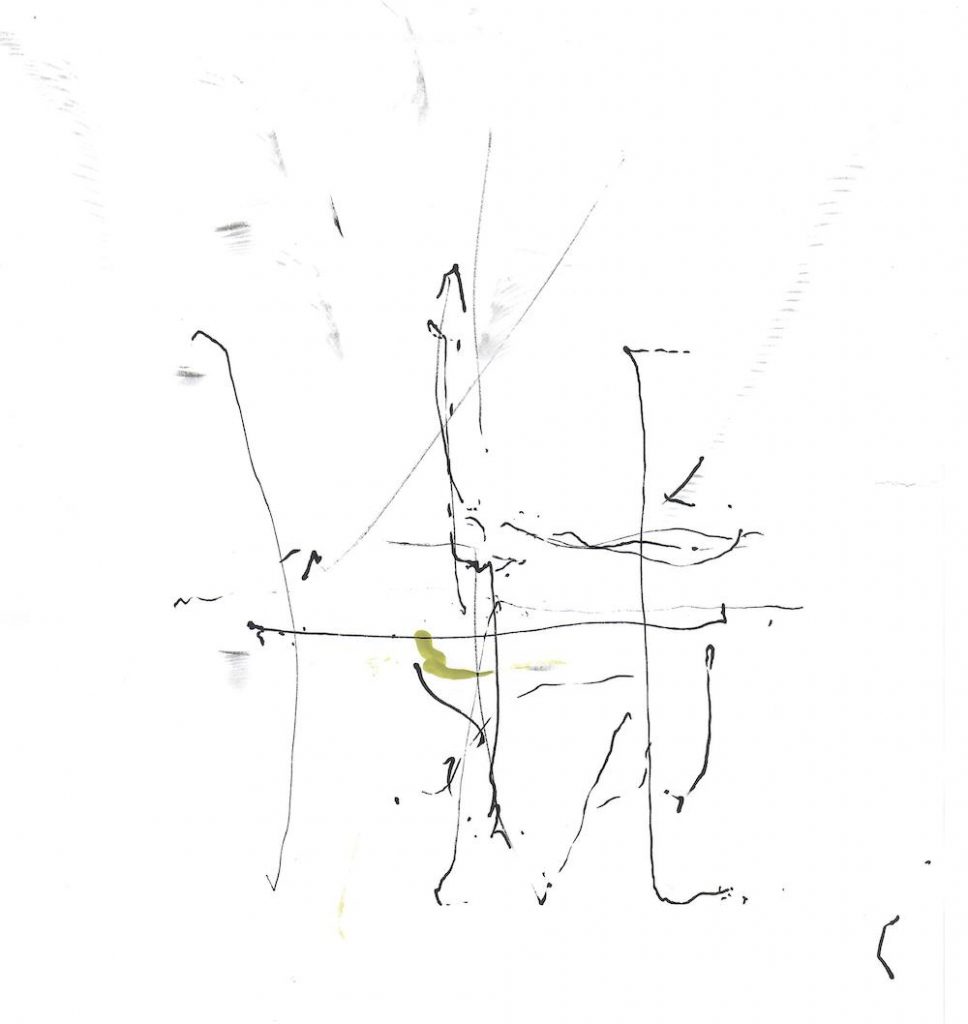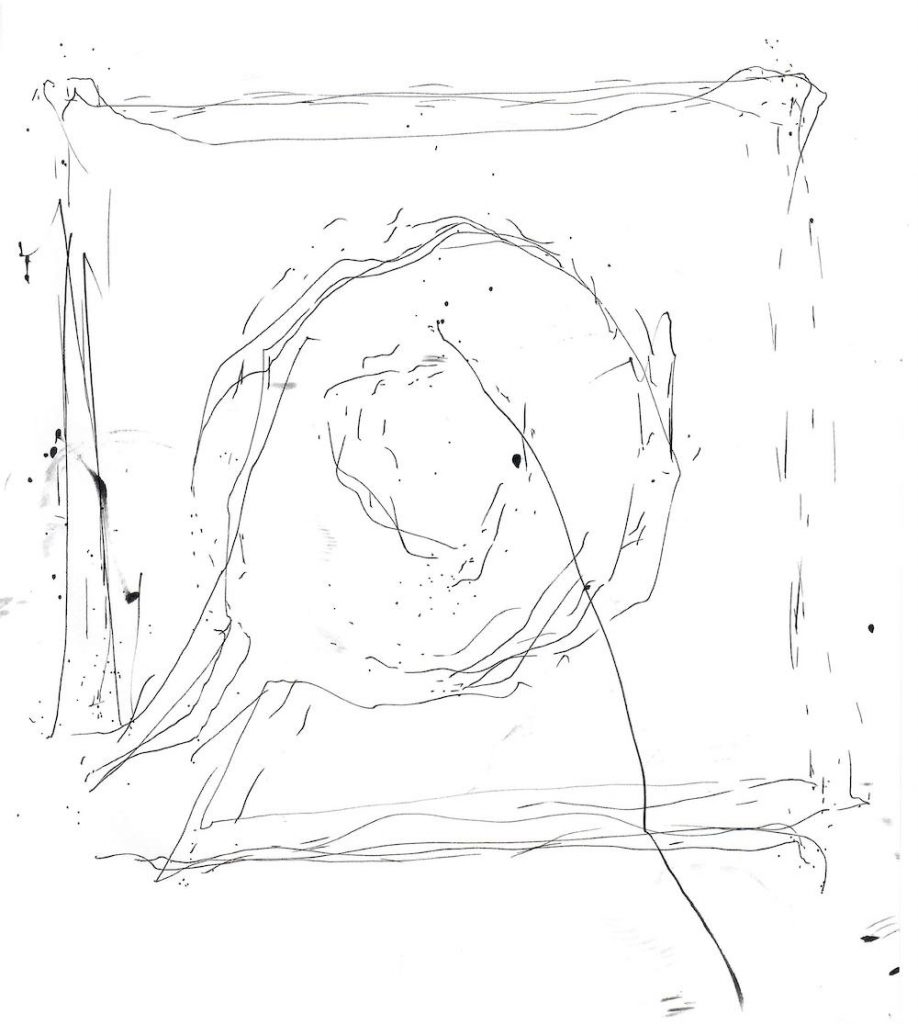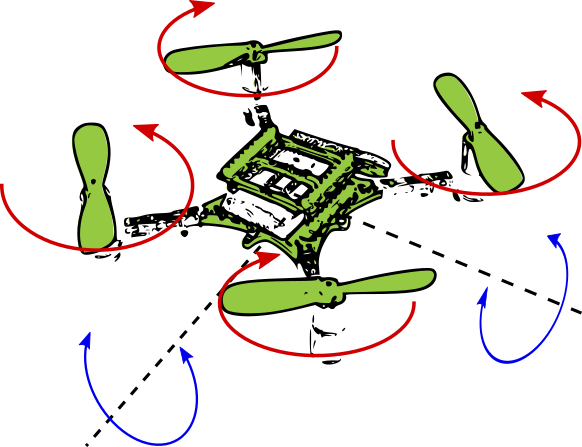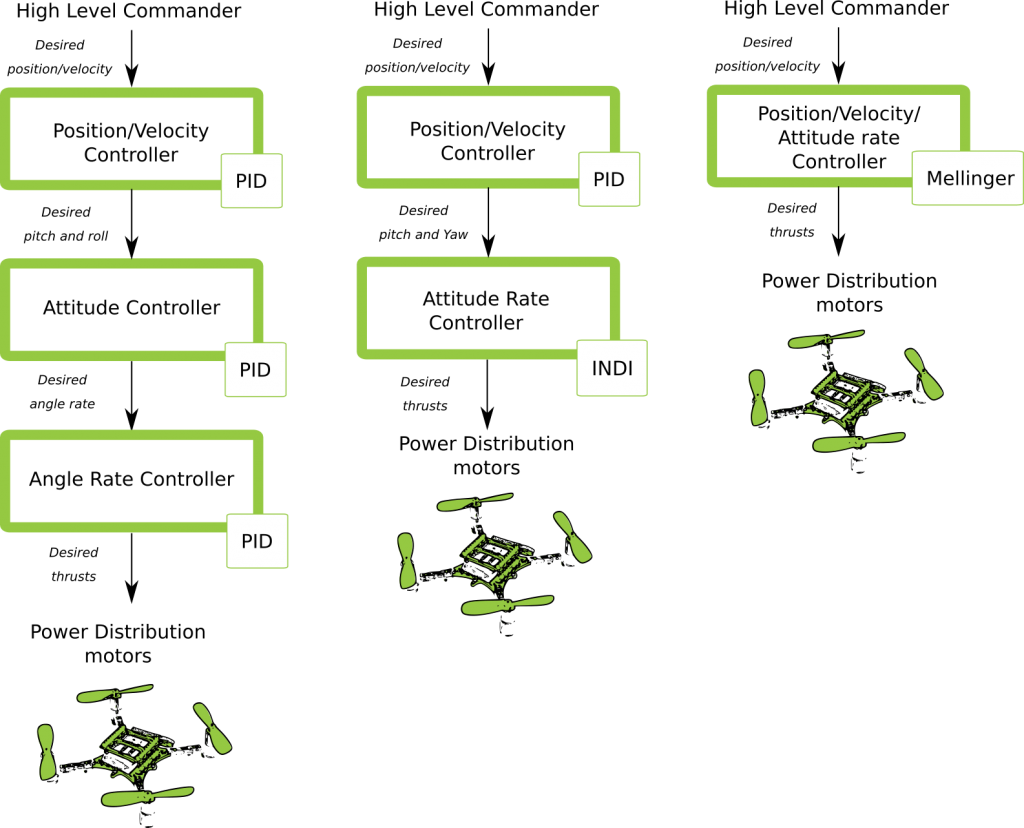For the users that have subscribed to our github repository this does not come as an surprise, but for the rest, we have released a new version of our Crazyflie firmware (both STM and NRF) last week!
We know that it is quite close to our last release in February, but we had so many changes and contribution that we deemed it necessary to add a stamp to this current version. In this blog-post, we will give an overview on which features to expect in this update.

UART communication
With courtesy of Saarland University, it is now possible to connect the Crazyflie through its UART to a port on your raspberry pi or through an FTDI cable directly to your computer. This is an extra port for communicating with CRTP will open up new possibilities to interact with your crazyflie.
This is compatible with CFlib version 0.1.10, however there was a fix implemented in the current master (see the ticket here). Please see the ticket for the UART communication here if you are interested in the implementation details.
Lighthouse
It is now possible to get the lighthouse geometry (the position and orientation of the base stations) without SteamVR. We made a script based on the latest stable release of openCV, to calculate the base station geometry based on the received sweep angles on the lighthouse deck. Check these full instructions on how to use this new script. It is a very new and fresh implementation, so if you are experiencing any trouble, please leave an issue on this page or leave a comment on the forum.
Also, FPGA v4 is now integrated in 2020.04, which support Basestation v2. This is still in a very early phase and not yet fully integrated in the firmware, so please keep an eye on this ticket for the implementation process in the latest master of the crazyflie-firmware. There was also a blogpost a few weeks ago about the current state of the lighthouse v2 development.
Bluetooth management
We also provided an update of the bluetooth management of the Crazyflie communication by the NRF chip. Before, it was (unintentionally) possible to connect to the Crazyflie over Bluetooth while it also connected to the CFclient through the crazyradio PA. This caused a lot of unwanted elements such as package loss and unresponsiveness. Now, whenever a Crazyradio packet has been received, Bluetooth will automatically be disabled. The same goes for the peer-2-peer packet, so the NRF firmware no longer needs to be flashed without Bluetooth support. The Crazyflie needs to be restarted after connecting through the CF dongle or P2P in order to connect to it again with the Crazyflie mobile app.
General fixes and improvements
Here are the general fixes and improvements listed that has been fixed in release v2020.04:
- BMI088 (IMU of the CF2.1) has an self-test now.
- Fixed memory issue with the Micro SD card deck.
- High-level commander improvements.
- Documentation improvements.
- LPS TDoA (2 and 3) improvements.
See the release notes of the crazyflie-firmware and crazyflie-nrf-firmware to see the full list of improvements and issues that were fixed in 2020.04. The zip files for the firmware for both the roadrunner (tag) and crazyflie (cf2) can be found here.
